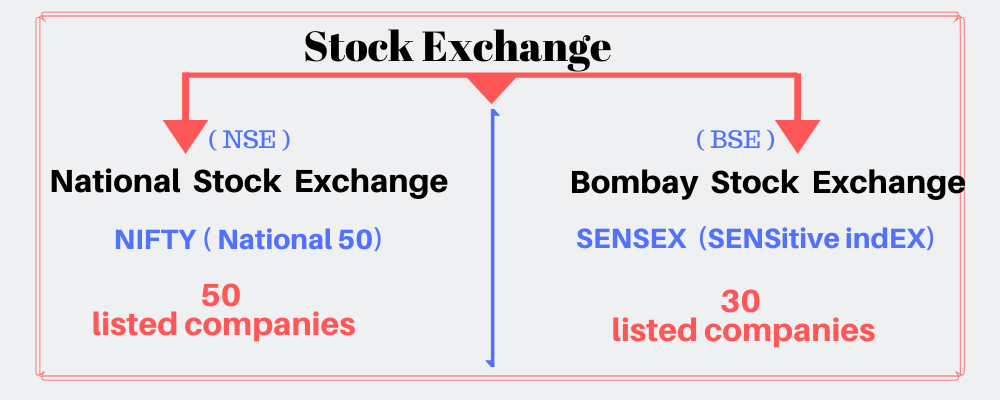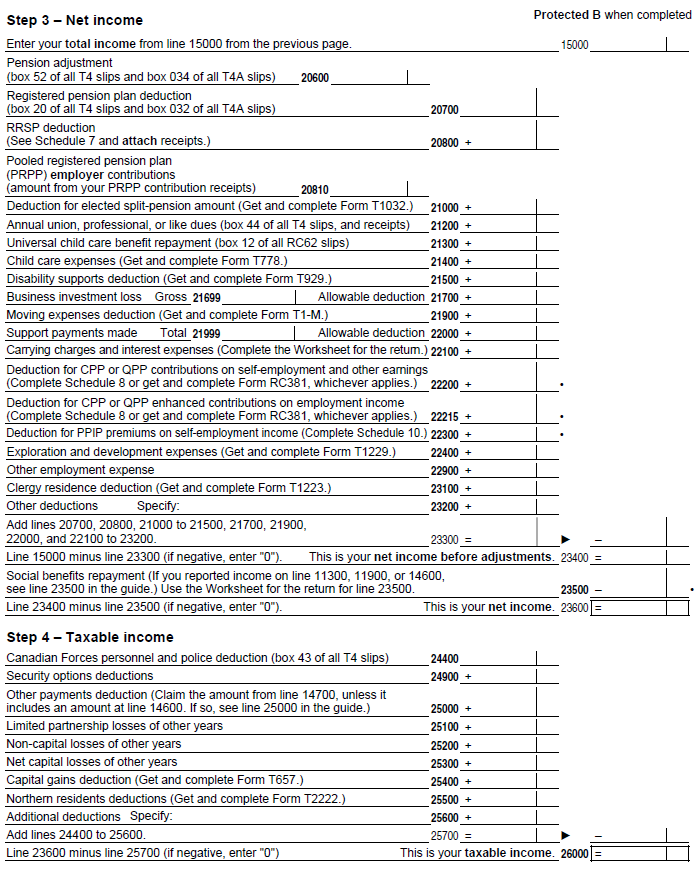How to Calculate the Owner’s Equity in a Business Chron com
Contents:


On a company’s balance sheet, the amount of funds contributed by the owners or shareholders plus the retained earnings . One may also call this stockholders’ equity or shareholders’ equity. Treasury stock refers to the number of stocks that have been repurchased from the shareholders and investors by the company. The amount of treasury stock is deducted from the company’s total equity to get the number of shares that are available to investors. Is the stock that has been reacquired by the company from the shareholders and thus reduces the shareholder’s equity. There can be two methods for accounting treasury stock, i.e., Cost and Par Value Method.

These include depletion, bad debts, and depreciation of the assets of the company. If it reads positive, the company has enough assets to cover its liabilities. If negative, the company’s liabilities exceed its assets; if prolonged, it amounts to balance sheetinsolvency. The value of $65.339 billion in shareholders’ equity represents the amount left for shareholders if Apple liquidated all of its assets and paid off all of its liabilities. There are four main components of owner’s equity or shareholder’s equity. They can be physical in nature, like vehicles, real estate, or products.
What Is Owner’s Equity?
This is the wave accounting that John could claim on assets if the business were liquidated right now, after deducting liabilities from assets. Contributed capital refers to the funds that have been invested in a company by its owners or shareholders in exchange for equity. It represents the total amount of money that has been contributed to a company by its investors through the issuance of stock. For example, if your small business takes out a loan, this will increase your liabilities and decrease your owner’s equity. Alternatively, if your small business makes a profit, this will increase your assets and also increase your owner’s equity.
The fundamental accounting equation requires that the total of liabilities and equity is equal to the total of all assets at the close of each accounting period. To satisfy this requirement, all events that affect total assets and total liabilities unequally must eventually be reported as changes in equity. Businesses summarize their equity in a financial statement known as the balance sheet which shows the total assets, the specific equity balances, and the total liabilities and equity . Owner’s equity, the portion of a company’s value that owners or shareholders can claim, tells a lot about a business’s health, so it’s important to understand and analyze its components. If profits are the main driver of equity growth, rising owner’s equity can be a good sign of a financially healthy company. But if increased capital investment is the main driver, it could mean owners are trying to prop up a business that has insufficient cash and anemic profits.
Owner’s Equity Examples
Owner’s equity in a business can decrease over time as well, depending on the owner’s actions. Withdrawals are considered capital gains, which are subjected to a capital gains tax. Additionally, owner’s equity can be reduced by taking out loans to purchase assets. Therefore, they reduce the value of the business’s assets when calculating equity. Owner’s equity is a crucial component of a company’s balance sheet that represents the residual claim on assets that remains after all liabilities have been settled. This metric provides valuable insights into a company’s ownership structure and financial position.
CRESCERA CAPITAL ACQUISITION CORP. Management’s Discussion and Analysis of Financial Condition and Results of Operations. (form 10-K) – Marketscreener.com
CRESCERA CAPITAL ACQUISITION CORP. Management’s Discussion and Analysis of Financial Condition and Results of Operations. (form 10-K).
Posted: Fri, 14 Apr 2023 21:25:13 GMT [source]
Assets, liabilities, and subsequently the owner’s equity can be derived from a balance sheet, which shows these items at a specific point in time. Business owners and other entities, such as banks, can look at a balance sheet and owner’s equity to analyze a company’s change between different points in time. Other examples of owner’s equity are proceeds from the sale of stock, returns from investments, and retained earnings. Equity typically refers to shareholders’ equity, which represents the residual value to shareholders after debts and liabilities have been settled.
How Do You Increase Owner’s Equity?
It is calculated by subtracting total liabilities from total assets. Owner’s equity is a figure that tells owners what they’ll make if they liquidate their company today. Depending on the business’s assets and liabilities, the owner’s equity can be very high or very low.
- It provides important insights into a company’s ownership structure and financial position.
- It means any asset that can be touched and felt could be labeled a tangible one with a long-term valuation.
- The statement of owner’s equity is meant to be supplementary to the balance sheet.
- The other portion of a business includes things like debt, which must be repaid even if the business is sold.
- Let’s assume that Jake owns and runs a computer assembly plant in Hawaii and he wants to know his equity in the business.
https://1investing.in/ equity is the portion of a company’s assets that an owner can claim; it’s what’s left after subtracting a company’s liabilities from its assets. Shareholder value is what is delivered to equity owners of a corporation, because of management’s ability to increase earnings, dividends, and share prices. Return on equity is a measure of financial performance calculated by dividing net income by shareholders’ equity. At some point, the amount of accumulated retained earnings can exceed the amount of equity capital contributed by stockholders. Retained earnings are usually the largest component of stockholders’ equity for companies operating for many years.
If all shareholders are in one class, they share equally in ownership equity from all perspectives. It is not uncommon for companies to issue more than one class of stock, with each class having its own liquidation priority or voting rights. This complicates analysis for both stock valuation and accounting. Equity is an important concept in finance that has different specific meanings depending on the context. Perhaps the most common type of equity is “shareholders’ equity,” which is calculated by taking a company’s total assets and subtracting its total liabilities. Return on equity is a measure of financial performance calculated by dividing net income by shareholder equity.
It represents the potential capital available to use for a sole proprietorship. It is also the capital left if all the liabilities are deducted from the assets. As a small business owner, understanding owner’s equity and knowing how to calculate owner’s equity and record it on an accounting statement will help you track the net value of your company and its assets. When you have that information at your disposal, you’ll be prepared to prove that your business is healthy to a potential lender or buyer. Shareholders’ equity is an essential metric to consider when determining the return being generated versus the total amount invested by equity investors.
Without seeing all of the details, it is hard to tell what drove this increase. Perhaps Sue’s Seashells had a large increase in their checking or savings account balance. It’s also possible that Sue bought equipment or the value of other assets the shop owns, such as the building, increased in value.
Learn How NetSuite Can Streamline Your Business
At the bottom of the balance sheet, the owner’s equity section includes earnings, owner’s contributions/draws and any equity from companies the parent company has a minority interest in — also adding up to $285,000. These figures must match — “balancing” the accounting equation — before the business can close its books for the period ending December 31, 2021. Return on Equity is a two-part ratio in its derivation because it brings together the income statement and the balance sheet, where net income or profit is compared to the shareholders’ equity. The number represents the total return on equity capital and shows the firm’s ability to turn equity investments into profits.

You will also need to include any contra accounts in your calculations for liability. Net worth is the value of the assets a person or corporation owns, minus the liabilities they owe. If equity is positive, the company has enough assets to cover its liabilities.
INCEPTION GROWTH ACQUISITION LTD MANAGEMENT’S DISCUSSION AND ANALYSIS OF FINANCIAL CONDITION AND RESULTS OF OPERATIONS (form 10-K) – Marketscreener.com
INCEPTION GROWTH ACQUISITION LTD MANAGEMENT’S DISCUSSION AND ANALYSIS OF FINANCIAL CONDITION AND RESULTS OF OPERATIONS (form 10-K).
Posted: Fri, 14 Apr 2023 21:03:14 GMT [source]
Companies can reissue treasury shares back to stockholders when companies need to raise money. Shareholder equity can also be expressed as a company’s share capital and retained earnings less the value of treasury shares. Though both methods yield the exact figure, the use of total assets and total liabilities is more illustrative of a company’s financial health. Shareholder’s equity refers to the amount of equity that is held by the shareholders of a company, and it is sometimes referred to as the book value of a company.
Dominion Case: Fox News shows the math behind voting system’s … – Techstory
Dominion Case: Fox News shows the math behind voting system’s ….
Posted: Fri, 14 Apr 2023 13:55:58 GMT [source]
Equity, also referred to as stockholders’ or shareholders’ equity, is the corporation’s owners’ residual claim on assets after debts have been paid. To calculate owner’s equity, the total assets of a business are summed up, and the total liabilities are deducted from this amount. This process provides a measure of the residual claim on assets that remains after all liabilities have been settled. A company’s owner’s equity can also be affected by events such as dividends paid out to shareholders or share repurchases. For example, if a company pays out $10,000 in dividends, its owner’s equity would decrease by that amount. Similarly, if the company buys back $10,000 worth of shares from shareholders, its would increase by that amount.